Volvo is always known for its class-leading safety standards, but during the late 70s, Volvo was also known for its sensational boxy design. The Volvo 240-series was first criticised for its boring and perpendicular design, but within its life span of 19 years, over 2.9 million cars were made and managed to set the international standards for both safety and environment, won the European Touring Car Championship and achieved the status of yuppie cult car before it was discontinued in May 1993.
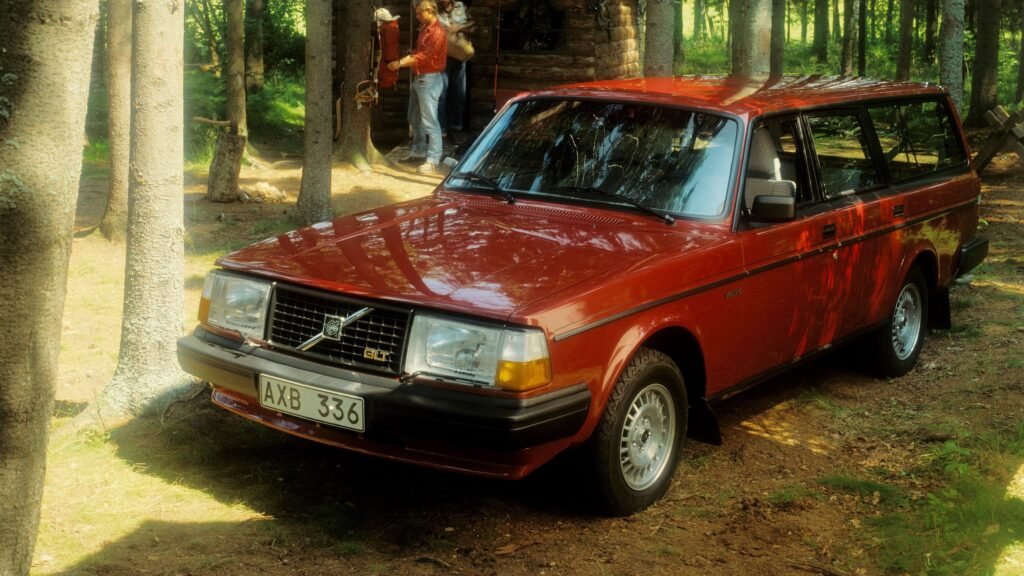
Volvo presented the 240 series in August 1974. The Volvo 240 series were developed from the 140-series, with innovations and stylings derived from the 1972 Volvo VESC safety concept car. From production start, there was a 2-door, 4-door and an estate version available. The key changes included a new protruding front, large bumpers, and a further-developed chassis featuring McPherson front-wheel suspension.
New safety benchmark
The Volvo 240 series was a solidly developed car with advanced safety standards. The crumple zones of the 240 series were designed to let the engine hit the ground and go below the car instead of straight back into the cabin. After a series of crash tests conducted by the National Highway Traffic Safety Administration (NHTSA), using 240 Series and its competitors, it was clear that the Volvo 244 offered the best occupant protection. Therefore, 240 series were used as the standard car for safety developments by the authorities in the USA.
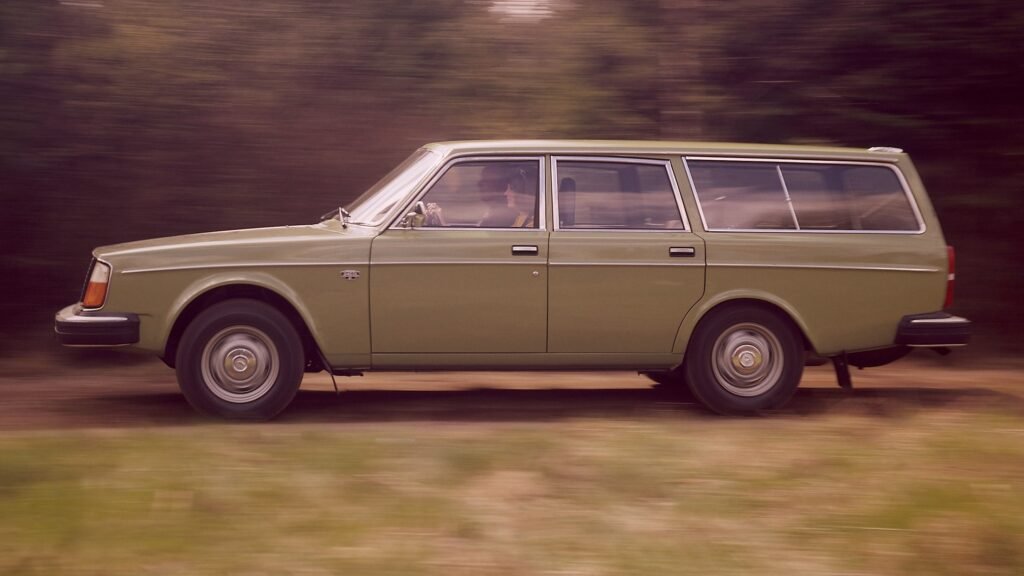
In 1977, California introduced new emission standards (hydrocarbons 0.41 g/mile; carbon monoxide 9.0 g/mile; nitric oxides 1.5 g/mile) which by then were the strictest in the world. Volvo cars, including 240 Series, used Lambda sensors, which enabled the catalyst to cut more than 90 per cent of the harmful hydrocarbon (HC), carbon monoxide (CO) and nitric oxide (NOX) levels that are created as a result of the combustion of the fuel/air mixture. The emissions of nitric oxides were very low than its competitors and as a result, Volvo was awarded for its pioneering work by the Carter administration.
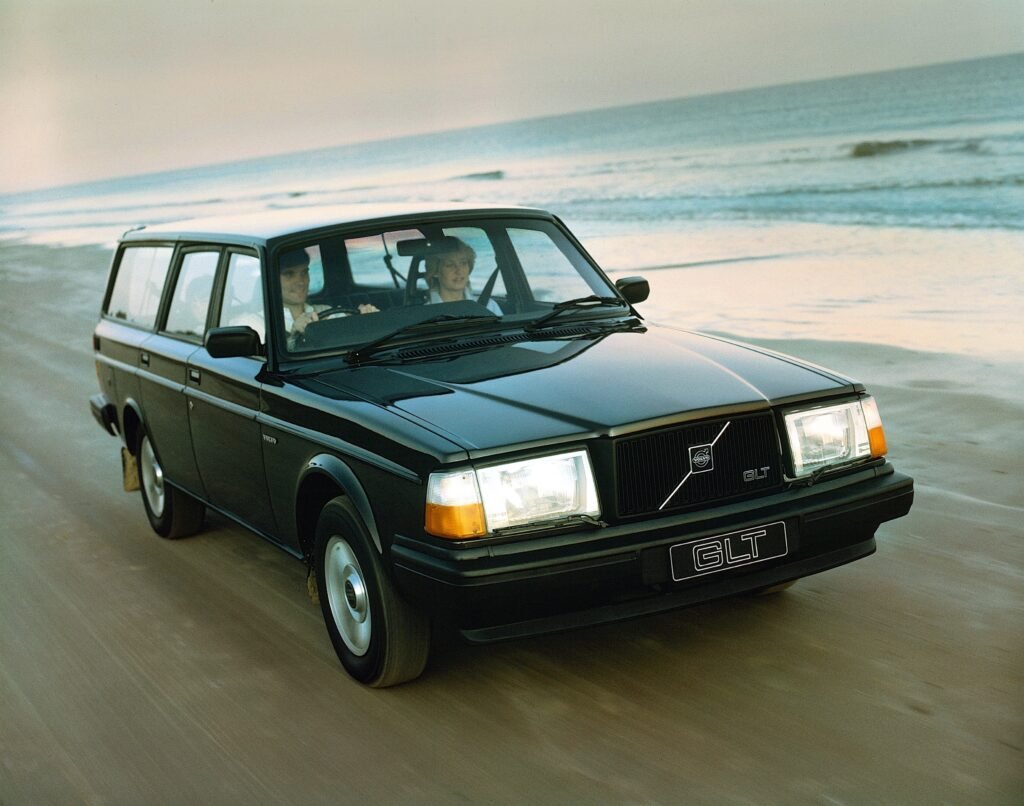
World’s fastest estate car
In 1981 Volvo launched the 240-series family car with a powerful turbocharged B21ET engine. The Volvo 240 Turbo Estate was the world’s fastest estate car when launched. The 240 Turbo Estate was a sweet reply from Volvo to its boring car status, which proved that Volvo is also capable of manufacturing safe and durable cars that are fast and fun to drive. The turbocharged B21ET, 2.1-litre engine churned out 155 hp, which meant the 240 Turbo could do 0-100 km/h in 9 seconds and had a top speed of 195 km/h. The Volvo 240 Turbo Estate opened up a whole new market for the company. Later that year, an even more powerful Volvo 245 was also launched in the US market.
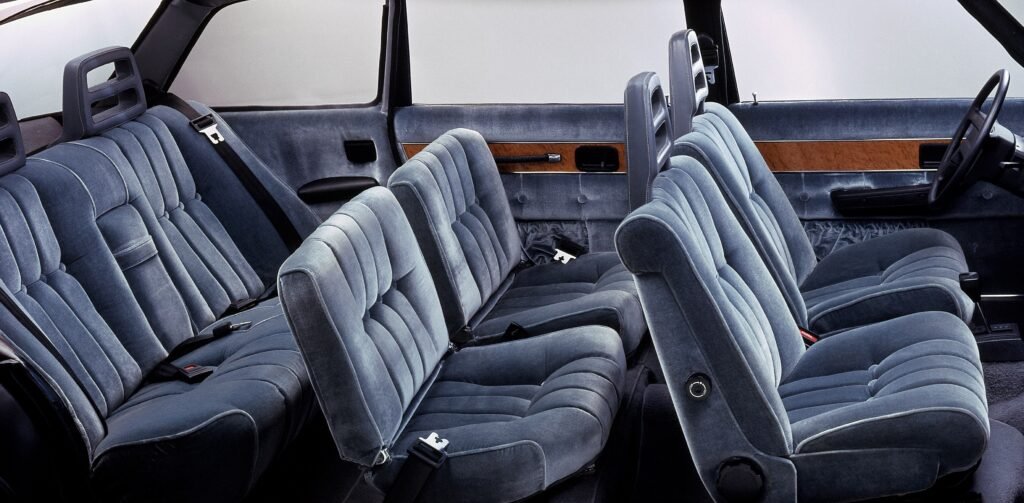
Birth of ‘the flying brick’
In 1982, new international Group A racing regulations were introduced. Cars to be used in competition were to be taken directly from the assembly line and the number of modifications was to be limited. In order to compete in line with the Group A regulations, at least 5000 cars of the model type in question had to be built each year. They had to have at least four seats and the minimum weight was related to the engine capacity. The regulations suited the Volvo 240 Turbo perfectly. This new International Group A regulation lead to the birth of the Volvo 240 Turbo Evolution.
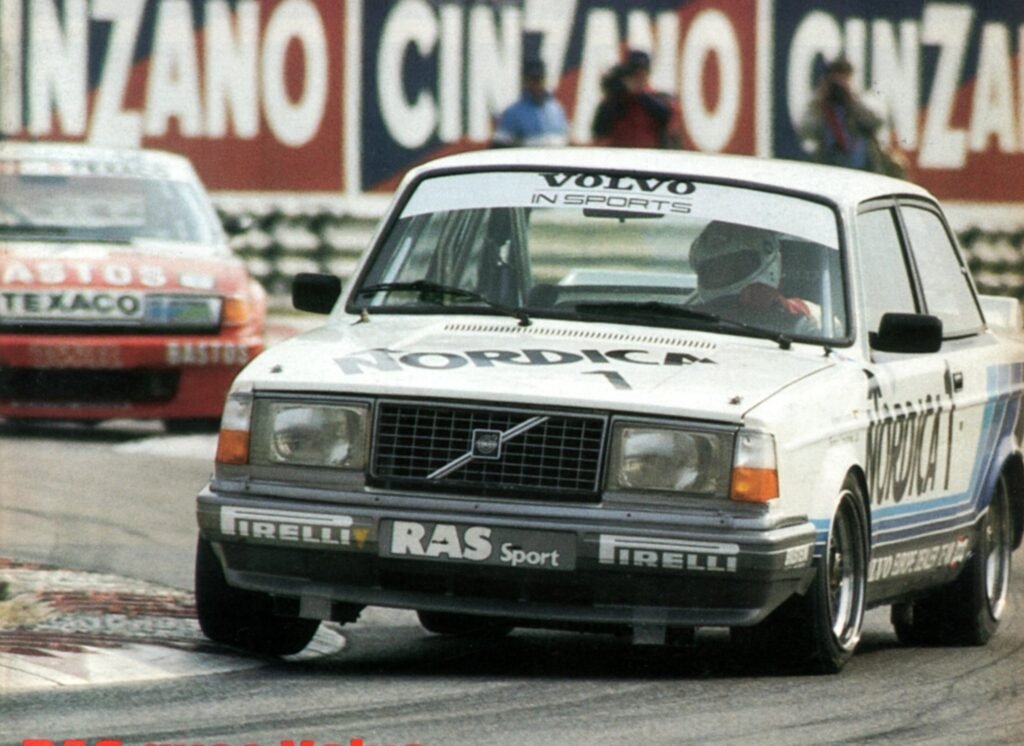
The Volvo 240 Turbo began to compete in Group A racing championships in 1984. The racing-spec Volvo 240 Turbo ‘the flying brick’ had aluminum cylinder heads, bigger turbos and forged pistons, connecting rods and used a custom-built Bosch K-jetronic system. As a result, the 2.1-litre engine with water turbo technology produced 300 hp and was able to achieve a top speed of 260 km/h. Other features included all detachable body parts, 6 kg lighter rear axle, four piston brake calipers and a rapid refueling system which was capable of filling up the 120 litres of high octane petrol in 20 seconds.
The Flying Brick clinched many world titles in the racing championships, and Volvo 240 Series became a popular choice among racers for entry-level racing, rally racing, and even banger racing.
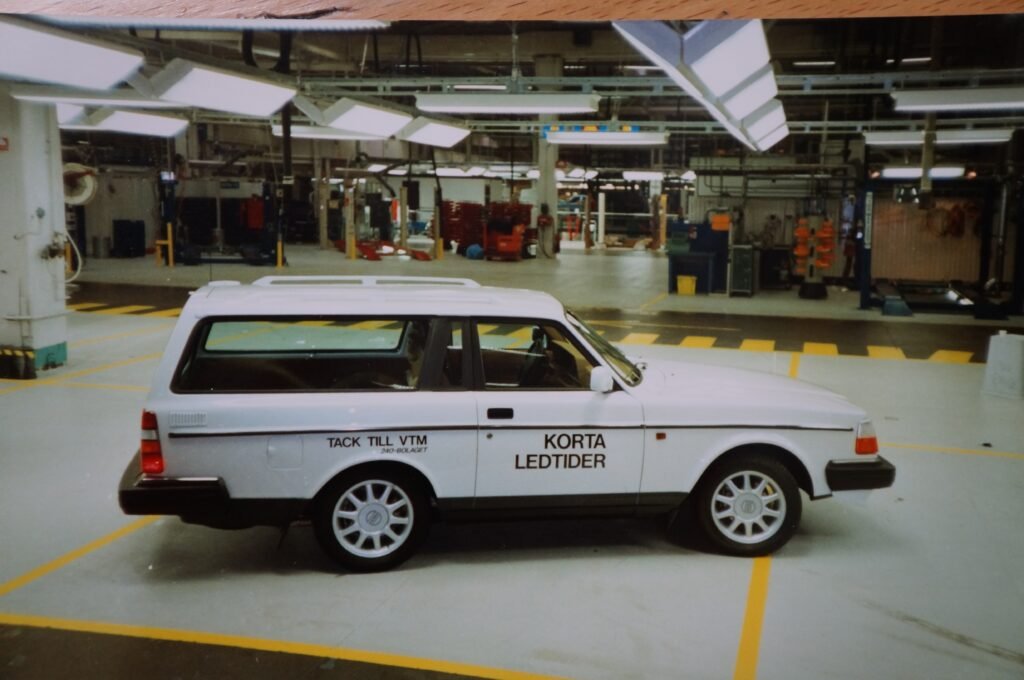
During its final stage of life, the Volvo 240 Series was only offered as a five-door estate car and experienced a real renaissance when it suddenly became the car to have among many European so-called yuppies. The last Volvo 240 rolled out from the assembly line was a shortened version and it was a very special car. The short Volvo 240 was build to thank the efforts made by the entire 240 crew and symbolized shortened lead-times. There are many Volvo 240 cars, which are still plying on the road all around the world. There are even dedicated clubs that work actively to preserve the Volvo 240 Series and to secure its future, just like the 240 for many years worked to secure the future of Volvo Cars.


